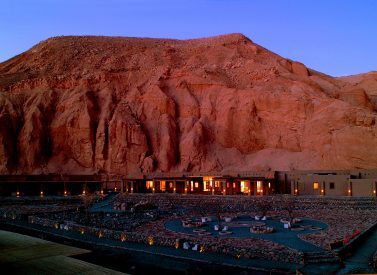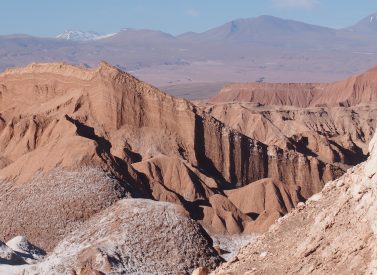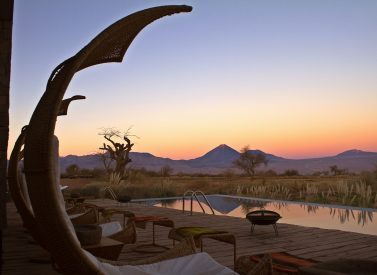
Trek in the Atacama Desert
Strange rock formations, smoking volcanoes and brilliant white salt flats feature on our San Pedro de Atacama desert trek.
This hiking holiday in the Altiplano of Chile’s Atacama desert combines three days of treks with a vehicle tour to salt flats and altiplanic lakes.
We camp and stay in local guesthouses in or near indigenous villages, far away from civilisation, underneath some of the clearest skies in the world.
The Atacama desert is a top destination for travellers, located in the heart of Chile’s Altiplano at around 2,400m/7,874ft and only 100 km/62 miles from Calama Airport.
More on Chile’s Atacama desert trek
This journey involves trekking along mountain trails, crossing river beds and camping or local guest houses near the indigenous village of Rio Grande.
It also includes trekking through some of the driest parts of the planet and camping near the Machuca bofedales, grasslands brimming with wildlife.
Before going to sleep, the star filled skies will be the backdrop and possibly a shooting star or two as well.
You should be able to spot condors soaring overhead, guanacos roaming the plains and pink flamingos at the Atacama salt flat.
Trip Highlights
Print Share Download as PDF-
Hike and camp among other worldly scenery of Atacama.
-
Breathtaking night skies when we sleep in the wilds of the desert.
-
Discover hidden parts of the Atacama desert that others never see.
-
Jeep tour to the highlights of the Atacama, too - geysers, salt lakes and more.
It was a lifelong dream to be in Atacama and it didn't disappoint.
The stars were incredible and the landscapes you walk through are amazing.
T. Shearman, Atacama
Full Itinerary
Day 1: Transfer Calama to San Pedro, hike Moon Valley, hotel (L,D)
Reception and transfer from Calama Airport to San Pedro de Atacama.
Along the route we can appreciate the impressive rock formations of the Cordillera de la Sal. In San Pedro, briefing lunch.
In the afternoon we do our first hike in the silent and amazing Valle de la Luna; we walk over sand dunes until we reach the point from where we witness an intense sunset over the desert.
Then we head back to town and overnight in San Pedro.
Day 2: Miscanti and Miñiques lakes, hotel (B,L)
We head south, passing by the villages of Toconao and Socaire on our way up into the highlands, also called the altiplano.
Our destination is at more than 4,000m, helping us to acclimatise. We visit Miscanti and Miniques lakes. Our lovely walk next to turquoise waters is surrounded by dramatic volcanic scenery.
We head next to the Salt Flat of Atacama, Lake Chaxa. With luck, we’ll spot Chilean Pink Flamingos and other birds in the salt flat, then return to our hotel.
Day 3: Trek to San Bartolo, guest house or camp (B,L,D)
Once we finish breakfast we board the van and are driven to our starting point within the Valley of Catarpe, just beyond some Inca ruins.
We start a walk to the mouth of River San Pedro, entering small canyons that border the stream. Our walk turns into an amphibious trek given that the trail crosses the river in different spots surrounded by strange geological formations.
It’s possible to see Atacameño people in the area, who live from agriculture and animal grazing.
We finally enter a small valley that we cross until we arrive at the ghost town of San Bartolo, a former mining enclave, now abandoned.
We camp there or stay in village guest house and tonight we will have the first sample of the amazing starry nights of Atacama.
Approx. walking time: 4hrs
Trek distance: 13km/8 miles
Highest point: 2,700m/8,850 feet
Day 4: Trek San Bartolo to Rio Grande, camp or guest house(B,L,D)
We start the day with a demanding trek which will make us gain altitude as we leave the river bed and move towards the plateau level.
We will be able to observe the abandoned mines.
The trail continues through the river canyon and we start getting glimpses of the giant cacti that emerge from the arid and barren desert. There are some areas of the valley that are so dry that scientists have not found any traces of life, not even bacteria.
Eventually, we leave the canyon and start to climb up, following a very old path that was used by the llama caravans in pre-Hispanic time. Our final destination is Río Grande Village, one of the few original indigenous communities of Atacameño people that still remain.
We stay in a local guesthouse or camp on the banks of the river and, if we are lucky, we will get to know some of the local villagers.
Approx. walking time: 7hrs
Trek distance: 19km/12 miles
Highest point: 3,500m/11,480ft
Day 5: Trek to Machuca, return to Atacama hotel (B,L)
Today we are beginning the most challenging day of the trek in terms of physical demand.
Once we finish breakfast we start trekking towards Machuca Village. The trail continues along the course of small streams that give form to narrow and beautiful valleys inhabited by native people and their herds of llamas.
Tall cacti, some of them 12 metres tall, act as guardians of the valleys that cut the landscape. The puma and the mountain cat are rare, but we are in their territory, away from civilization. We may be lucky enough to encounter one.
We continue gaining altitude as we border steep desert canyons, until we reach the awesome bofedales of Machuca, over-water grass lands full of wildlife from which we can enjoy an amazing view of Licancabur Volcano, the sacred mountain of the Atacameño people.
At this point we will have exceeded 4,000m/13,123ft above sea level.
After approximately seven hours’ trekking we arrive at the village of Machuca. Here, out vehicle is waiting
for us and will take us back to San Pedro de Atacama.
Approx. walking time: 7hrs
Trek distance: 15km/9 miles
Highest point: 4,100m/13,451ft
Day 6: Transfer to Calama airport (B)
Day free to relax and wander around the town, visit its handcraft market, church and museum or an optional (not included in price) regular tour to the Tatio Geyser fields.
At the agreed time transfer to Calama airport.
Prices From $2,300 / £1,870 per person
What's Included?
One expert English speaking trekking guide, all ground private transportation as indicated, 3 hotel nights in San Pedro (3*), 2 nights camping or guesthouse, sleeping mattress, meals as indicated. Lunches are box lunches.
What's Not Included?
Flights and air taxes, Insurance, gratuities, sleeping bags and mats, items of personal nature.
Accommodation
Mixture of hotel, local guesthouse and camping.
When camping, the tents are typical 2 person mountain tents. All camping gear is provided EXCEPT for sleeping bags. Our team will be responsible for setting up the tents in the camping site. There will be also a big and comfortable dining tent for enjoying dinners and breakfasts.
Hotels are clean and cosy 3 star with private bathrooms. San Pedro is in the middle of the Atacama Desert and there are sometimes restrictions in water usage depending on the current circumstances. Guesthouses will be basic.
Additionally consider prices in San Pedro to be higher than those you find in Santiago or other big cities.
Tour Staff
Fully qualified, English speaking guides lead you on the trek. Support staff, cooks, porters etc are all from the local area.
Meals
We can cater for almost all dietary requirements – please enquire for more information.
While trekking, food is prepared for you by our support team and served in a dining tent. Breakfasts will feature hot drinks, teas, coffees, cereals, porridge etc.
Lunches will be packed lunches, including sandwiches, crackers, fruit, meats and snack bars.
Dinners at camp /local guesthouse will typically involve soups, rice and pasta dishes and puddings.
At hotels, breakfasts will be continental style. If meals are included on trips, a local restaurant will be selected. Service is either a la carte with a variety of local and international dishes, or buffet style.
Activity Level
In this program you will be trekking between 6 to 8 hours a day for three continuous days, mostly on dry, sandy terrain.
You need to be in good health and physical condition to enjoy such an experience, although no previous trekking experience is required.
If possible, add in a day or two before the trek, to get used to the altidue.
On the 5th day, the trail is at high altitude (average 4,100m/10,500ft), in itself a demanding factor.
Although the treks themselves are not particularly strenuous, their length and challenging terrain will be more taxing than expected.
Please bear in mind that the weather in the Atacama changes from day to night causing the temperatures to drop considerably. These weather conditions can easily affect both body and morale.
A support vehicle is on hand on trekking days and will transport all luggage to the camping point each day. During the treks, you will only carry your day pack, with things you need each day.
Practical Information
An introduction to Chile
Chile is the land of contrasts, from verdant vineyards to driest desert, deep fjords and towering glaciated volcanoes.
A narrow but incredibly long, snake-like country, Chile’s unusual geography features more than 5,000km of South Pacific Ocean coast. The country is almost 4,400km long but barely more than 160km at its widest.
It is best divided into general regions, all of which offer spectacular landscapes and identities of their own.
This variety means Chile is the land where almost every activity is possible. Hiking, biking, rafting and kayaking.
Or climbing, cruising, fishing, horse riding, wine tasting.
Or simply eating great food, relaxing and exploring.
Geography of Chile
Patagonia
Trekking heaven. Paine National Park lies in Patagonia and features some of the best trekking in South America. With no altitude worries here, hikers enjoy an unrivalled mix of access to wild flora and fauna that exists in this massif. It is at once windswept, and then balmy. Paine National Park is a must see for walkers visiting South America.
Northern Patagonia is the least densely populated part of the country – spectacular virgin scenery make this a hidden gem and superb area for trekking, boating and horse riding.
And that’s before you think about possibly cruising through fjords, or kayaking them, flying to Antartica or staying at a working hacienda.
Easter Island
Iconic, Easter Island is an archaeological treasure. Here you will find the famous Moai stone statues, as well as caves and rocks decorated with etched petroglyphs and painted pictographs.
Northern Chile
Northern Chile features the Atacama, the driest desert with the clearest skies in the world, is alive with active volcanoes replete with spitting geysers mixed with archaeological wonders and fantastic rock formations.
Central Chile is the heart of Chile and includes the capital Santiago. With its Mediterranean climate of hot dry summers and mild wet winters, this central valley produces some of South America’s finest wines, Colchagua Valley to name but one.
Here, the Andean mountain chain soars more than 6,000m above sea level. Chile’s traditional symbols such as huaso (cowboy) and cueca (national dance) originate here, an area which is rich in agriculture and produces most of Chile’s export fruit.
In winter, skiers are attracted to this tasting the promise of some fabulous snow on the huge peaks which overlook Santiago.
Southern Chile and the Lake District
Lush and verdant, The Lake District area is the place to climb snow-capped volcanoes by day while relaxing next to stunning glacial lakes by evening. You can walk, bike, raft, cruise and drive your way around this beautiful region.
Central, southern and Patagonia Andes all present different challenges to mountaineers and trekkers. Options are varied in the central Andes with many of the Patagonian peaks remaining unexplored and unsummitted.
Kit list and climate
The Atacama’s weather follows a desert hot day / cold night pattern. The Atacama Desert is the driest place on Earth so the chances of rain are minimal.
Summer: Daytime temperatures can range between 15°C and 20°C (low 60s and low 70s F). At night these can drop to between 0°C and 5°C (23s and 40s F).
Winter: Daytime temperatures can range between 13°C and 20°C (low 60s and low 70s F). At night these can be between -10°C and 0°C (23s and 40s F).
Kit list
Good kit is vital for every trip.
Book with Andean Trails and get 15% off Páramo’s fantastic ethical and high performance outdoor gear.
Be nice to your feet! Make sure hiking boots are broken-in. Bring moleskin, Second Skin (or similar) for fast foot treatment and blister prevention.
If you are bringing a camera, include plenty of film or digital cards with enough megabytes for hundreds of pictures and spare batteries.
If you are concerned about airport security x-ray machines and your film, then consider adopting the travel style of many professional photographers – separate your film from their black canisters. Put your film in plastic or net bags to be easily hand/visually inspected. Then you can combine your film and canisters on reaching your destination. If your film has clear canisters, this is not necessary.
Stuff sacks are great for sorting your gear. Use different sizes and colors to differentiate the contents in your duffel bag/backpack.
Typically, you will be carrying your water-bottle, fleece or wind stopper jacket, rain jacket & trousers, your camera and other small miscellaneous items in your daypack.
Official papers
Valid passport, airline tickets, photocopy of passport & driver’s licence.
Casual city clothes
Bring a few outfits for city wear. These can be left in a luggage storage room at your hotel while on trips
Luggage
Daypack (20-35 litres) to hold water-bottle, rain gear, warm jacket, lunch for the day camera, etc.
Small locks (for securing duffel zippers)
Duffel bag, to leave your extra clothes that you don’t need while on trips
Sleeping bag and mat
Clothes
Medium weight parka or a down jacket.
Waterproof jacket and trousers. The jacket needs to be water proof and roomy. Side-zip pants are recommended.
1-2 long-sleeve shirts – no cotton
2 short-sleeve T-shirts – no cotton
1 pair of hiking pants – cotton or synthetic material (no jeans)
1 fleece or sweat pants (for cold evenings)
2 pairs hiking shorts
Long thermals – synthetic or wool – light to medium weight top & bottoms.
2-3 midweight (wool or synthetic)
2-3 liner socks if needed
Athletic-type socks, several pairs, city use
Hiking boots that are waterproof and well broken-in.
Running/tennis shoes or sandals are very comfortable
Sandals
1 lightweight wool sweater or windproof fleece
1 wool or synthetic warm hat.
1 light sun hat with a wide brim.
1 pair of medium-weight wool or synthetic gloves
Swimming gear for the pools
Accessories
1 or 2 one-litre water-bottles
Pocket knife
Travel pillow, ear plugs
Emergency repair kit (needle & thread, nylon cord, buttons, safety pins.)
Toilet items. (Biodegradable soap, toothbrush, toilet articles.)
Towelettes (i.e. Wash ‘n’ Dries; useful for hygiene.)
Towel and/or washcloth.
Compact flashlight or head lamp. (Bring fresh, spare batteries and bulb.)
Plastic bags for items that must stay dry, or wet items. (Various sizes)
Sunscreen and lip balm with an SFP 30+
Sunglasses. (The wrap around type are nice to help keep dust out of your eyes).
Optional accessories
Camera and lots of film, Passport carrier or money pouch, Wind jacket and trousers, trekking poles (collapsible), reading and writing material, spare eyeglasses or contacts, insect repellent (not usually needed), snacks, chocolate etc., binoculars (small and lightweight)
Weather in Chile
Chile’s climate varies greatly, owing to its sheer length, variation of terrain and varying altitudes and latitudes.
Lake District and Patagonia
In the south of Chile, here temperatures drop a little compared to the rest of Chile.
It can be better to go in the Austral summer (Oct-March). Daylight hours are much longer at this time, with Nov-Feb being popular times to visit. October and March can be very colourful and vivid with less visitors, but weather can be more blustery.
In Patagonia, the weather is, putting it mildly, variable, and variable on a daily basis. It is usually cool and windy all year round but seldom does the temperature fall below freezing point. Some days start with snow and end in balmy sunshine. It is always interesting, and can range from 10°C-20°C in the summer, although the wind can make it feel chilly.
The vast unbroken stretch of ocean to the west and south of the South American continent leaves the Patagonian Andes very exposed to the saturated winds that circle the Antarctic landmass. Also the South Patagonia Ice field influence makes the weather hard to predict. In spring or early summer fine weather may deteriorate almost without warning, bringing rains and eventually snow. Even in summer (Dec-Mar) you should come prepared to find cold, strong winds (up to 130 km/hr) and rainfalls. The summer’s average temperature is 11ºC/52ºF (24ºC max, 2ºC min).
Winter visits to these southern areas are possible, but many hotels close and not all trips are possible. Daylight hours can be very short, but the lack of visitors can greatly improve chances of seeing wildlife in parks such as Paine.
The Lake District’s temperate climate can be said to resemble that of the UK, with rain possible but also enjoying long spells of fine, fresh weather in the summer (Oct-March).
Easter Island
Although sub-tropical and essentially a year-round destination, Dec-Feb are the most popular times to visit Easter Island as it is summer there and temperatures average 24°C. There can be colder days and it can be humid too.
The winter months (Jun-Oct) on Easter Island are not overly cold, but they can be cool. The average low temperature is 16°C but there is usually a wind at this time of year that makes the temperature feel cooler than it really is.
The wind rarely stops blowing at this time of year.
Northern Chile
The north of the country lies in the tropical zone, but in the main is desert. It is dry and sunny all year round, but does get cold at night time in the high altitude areas.
In winter (June-Aug) the average daytime temperature is 22°C (72°F) and by night 4°C (39°F), descending to -2°C (28°F) in extreme cases.
During summer (Jan-Mar) the temperature fluctuates between 27°C (81°F) and a minimum of 16°C (61°F) at night, reaching maximums of 32°C (90°F), with occasional showers.
Central Valley
The wine growers love the central valley, which has a suitable Mediterranean climate of hot dry summers (Nov-March).
Then, temperatures range from 17°C in the evening and can go up to 30°C inland. It is cooler during the day on the coast.
During winter (May-Sept), which is essentially mild and wet, temperatures inland can vary from 5°C to 18°C during the day, and a bit warmer on the coast.
Autumn (Mar-April) and Spring (Oct-Nov) are lovely times to visit, although hotels in Santiago can book out in March, October and November, as it is conference season.
Altitude
Being at altitude, especially in the tropics, is usually a pleasure as it isn’t so hot, there are few insects and the air is clear.
However, when gaining altitude, air pressure drops and the amount of oxygen reaching the lungs is reduced. Although we build plenty of acclimatisation time into our itineraries, certain ill-effects are possible. Nevertheless, all of these can be minimised or prevented if care is taken.
On reaching heights above 2,500m (approx. 8,200 ft), especially when ascent has been straight from sea level, heart pounding, mild headache and shortness of breath are normal, especially on exertion.
Acute mountain sickness (AMS) is a syndrome known locally as soroche, whose symptoms can include of bad headache, dizziness and nausea).
To avoid AMS, you should:
- Rest for a few hours on arrival at altitude and take it easy for the first couple of days. Note: you may feel fine on arrival and tempted to exert yourself as normal. Don’t be fooled: you might be benefiting from oxygen brought in your blood from sea level.
- Drink plenty of water to avoid dehydration (altitude is a diuretic). Coca tea (mate de coca) helps alleviate symptoms.
- Eat light meals, with high carbohydrate and low fat and protein content. Dine early, allowing digestion time pre-sleep.
- Avoid over-exposure to the strong highland sun (UV rays are very powerful) – especially in the early stages – making sure you wear a broad brimmed sunhat. Apply lip-salve to prevent chapped lips.
- Avoid or minimise consumption of cigarettes and alcohol. Avoid sleeping pills.
- If you do get AMS: Rest, take non-aspirin painkillers (for headache) and coca tea. Symptoms should subside after a day or two.
- Pregnant women, people with a history of heart, lung, kidney or blood disease or blood pressure problems, should consult their doctor before traveling to high altitude.
ATOL holiday protection
Andean Trails has 25 years of experience of putting together the best South America holidays.
We pay a fee to the CAA for every licensable passenger we book since we hold an Air Travel Organiser’s Licence granted by the Civil Aviation Authority. In the unlikely event of our insolvency, the CAA will ensure that you are not stranded abroad and will arrange to refund any money you have paid to us for an advance booking.
We also offer ATOL (Civil Aviation Authority) protected holidays to give our customers peace of mind when booking and travelling.
When you buy an ATOL protected air holiday package from Andean Trails Ltd you will receive a Confirmation Invoice from us confirming your arrangements and your protection under our Air Travel Organiser’s Licence number 6275.
You can read more about ATOL, who is covered and what protections you have if not ATOL-covered, on our ATOL page.
What is ATOL?
The CAA’s ATOL scheme offers protection to your money and your holiday if you book with us. Not everybody is covered (see ‘Who is covered?’ for more), as you must purchase an ‘air package holiday’ with Andean Trails to be protected.
And ‘air package holiday’ is defined as including a flight and some ground services (hotel, transfer, trek etc). This is also known as an ‘ATOL-protected holiday’.
Who is covered?
To be covered by ATOL, you must book a flight and some ground services with us and be from the UK. If you are from the UK and only book ground services and no flights, you are not covered by ATOL (see below for more on how non-ATOL clients are covered).
If you are outside the UK and buy flights with us, you will be ATOL protected IF any of the flights booked with Andean Trails touches/stops in the UK at any point during your holiday package booked with us.
If you buy your flights elsewhere, please check with that agent if you are ATOL protected. Be careful with online flight purchases and make sure you know what protection you have, if any, before paying for flights.
Not all holiday or travel services offered and sold by us will be protected by the ATOL scheme. Please ask us to confirm what protection may apply to your booking.
For land only holidays not involving any air travel, in accordance with “The Package Travel, Package Holidays and Package Tours Regulations 1992”, all UK passengers booking with Andean Trails Ltd. are fully protected for the initial deposit and subsequently the balance of all money paid to us, arising from cancellation or curtailment of travel arrangements due to the insolvency of Andean Trails.
I’m not ATOL covered, what protection do I have?
If you are not ATOL covered, any payments you make to us go to a Trust account.
We can only access this money once your tour has been completed, meaning that if anything happens to Andean Trails Limited while you are on holiday, then your money is secure and you can either complete the trip or be able to make it home.
If you pay for your holiday with a credit card, some offer payment protection – please check with your cardholder.
You also should have cancellation protection written into your insurance (which we recommend you have at the time of booking) in case you need to cancel.
Available Dates


Dates & Prices
Prices From $2,300 / £1,870 per person
2024 price, shared room/tent basis
Price based on two people and reduces as more join
Daily departures
Single supplement applies
Can’t find what you’re looking for? Get in Touch
+44 (0)131 378 5593
+44 (0)131 554 6025



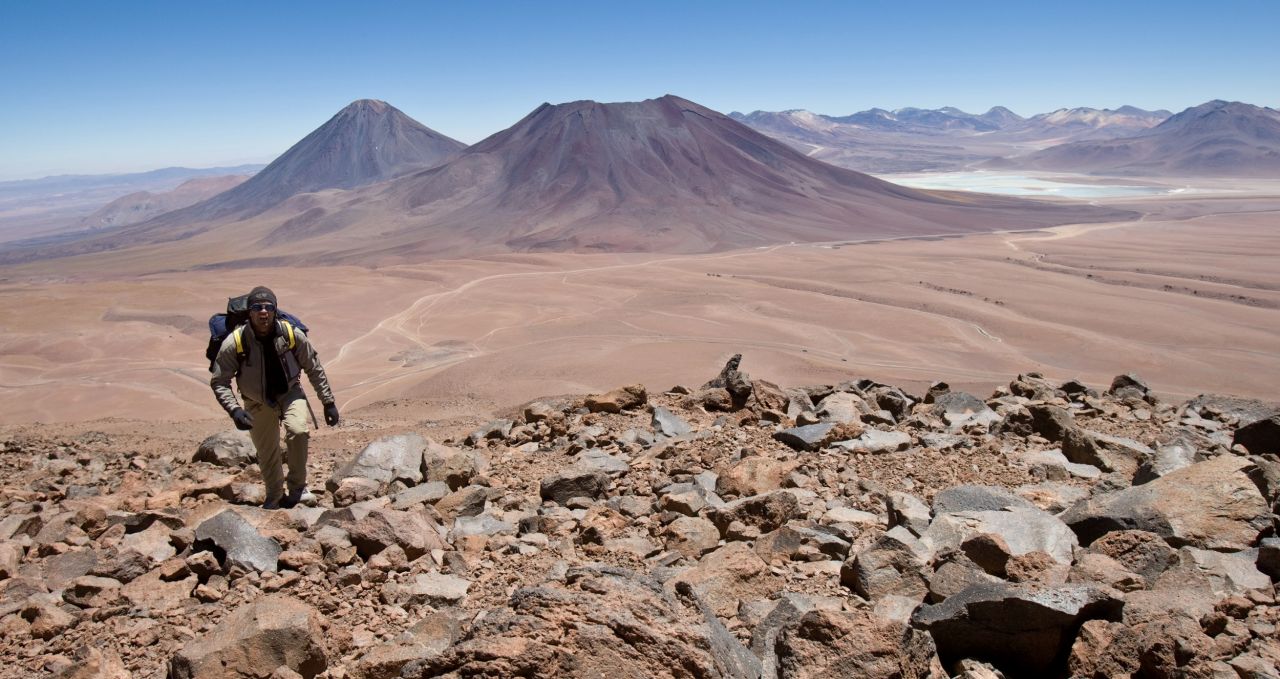
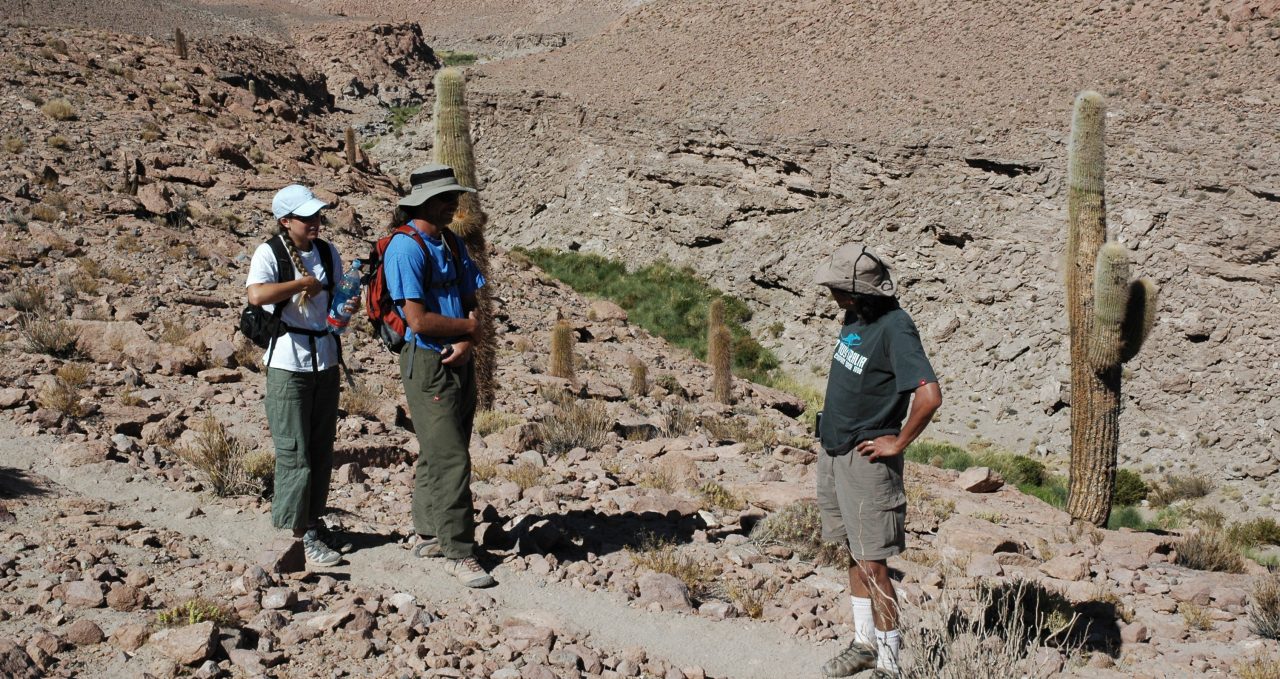
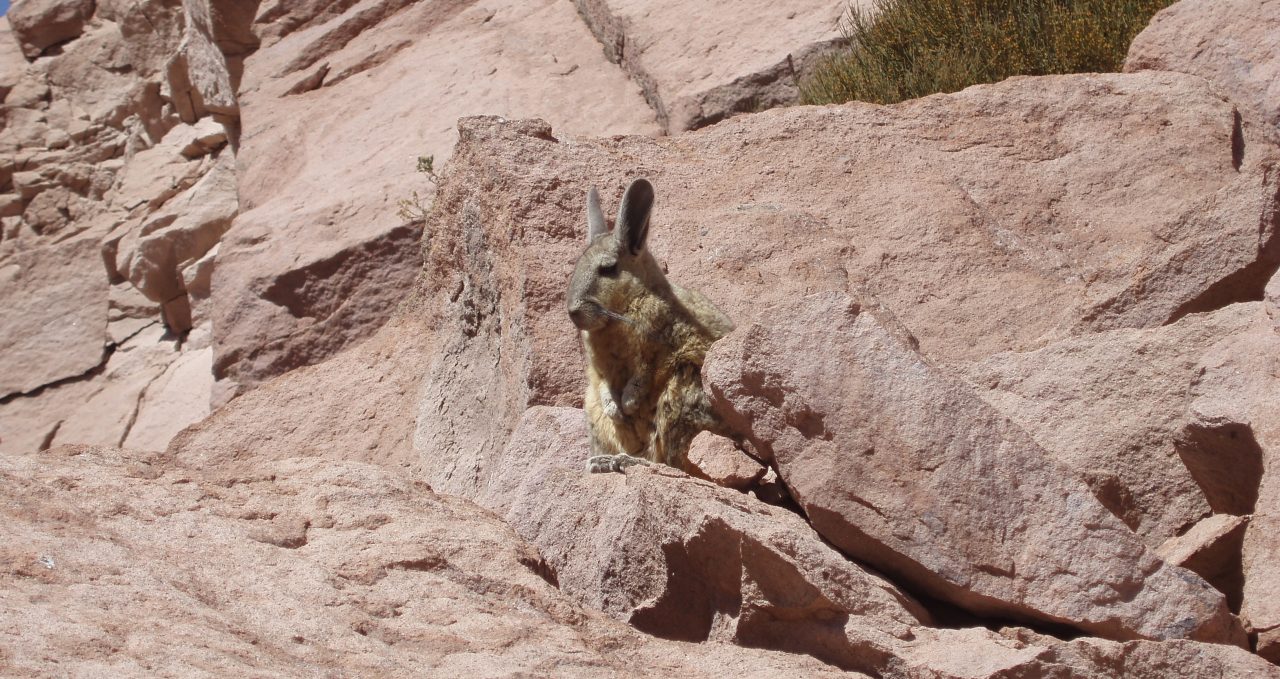
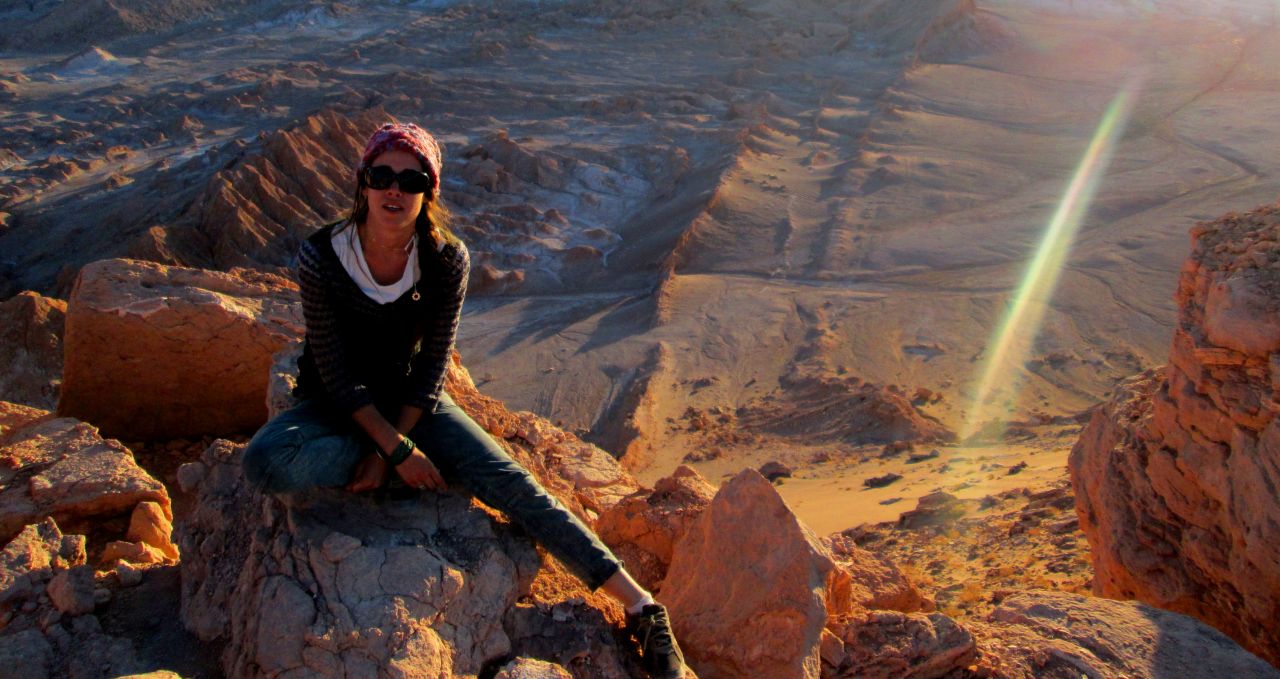
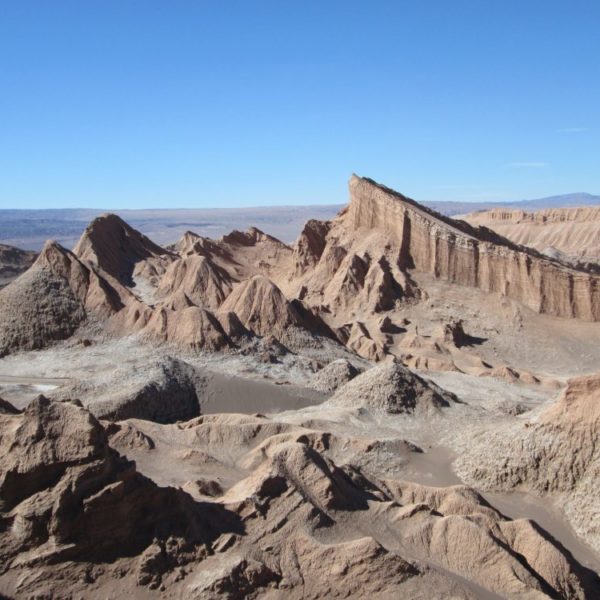
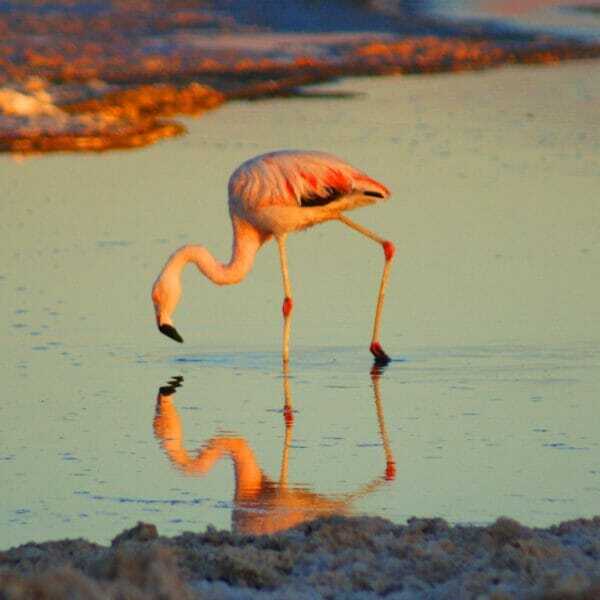
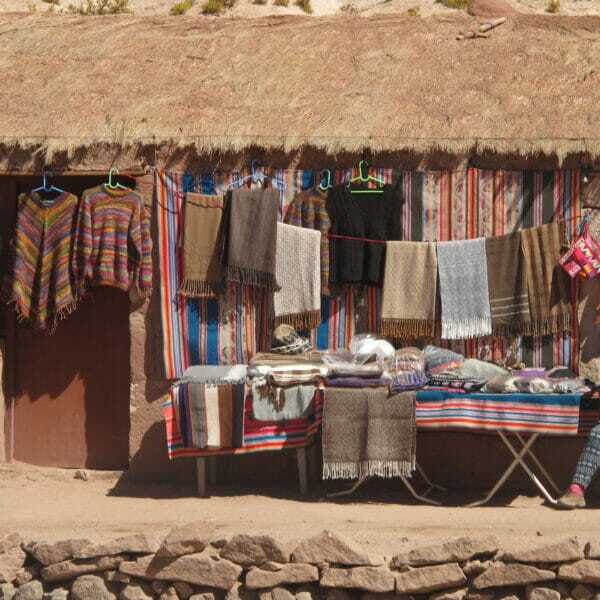
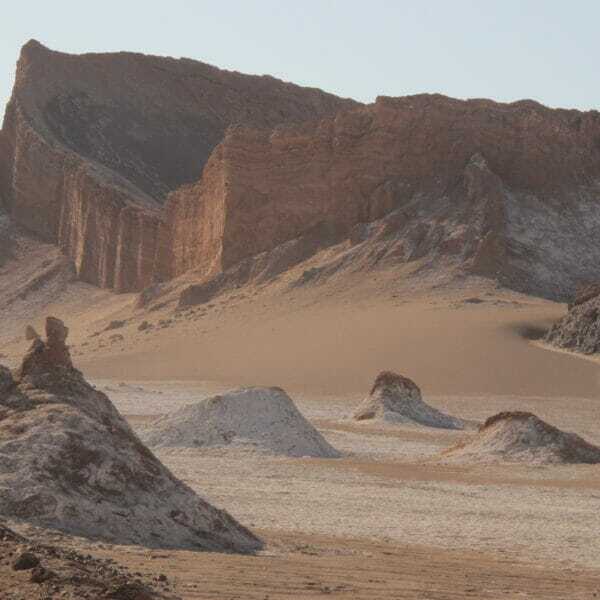
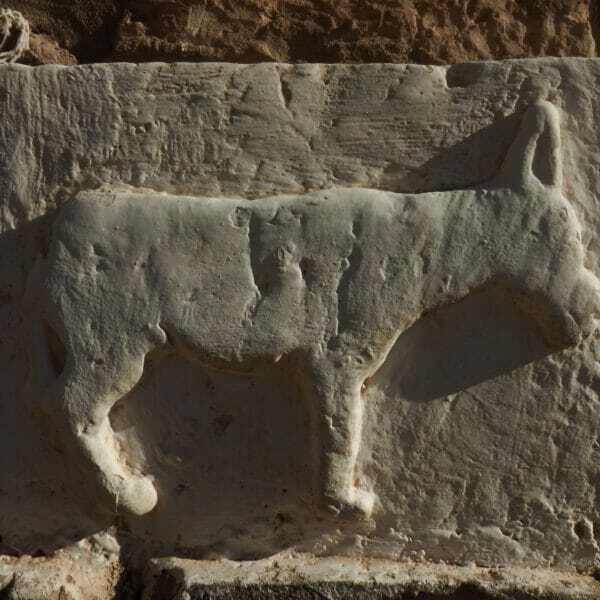
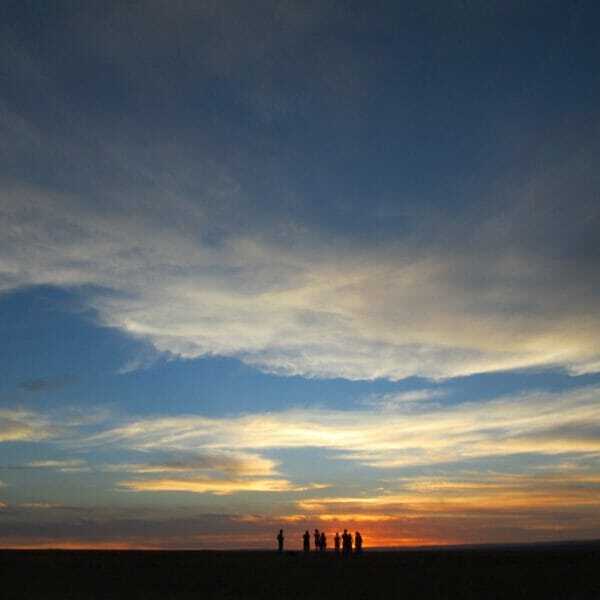
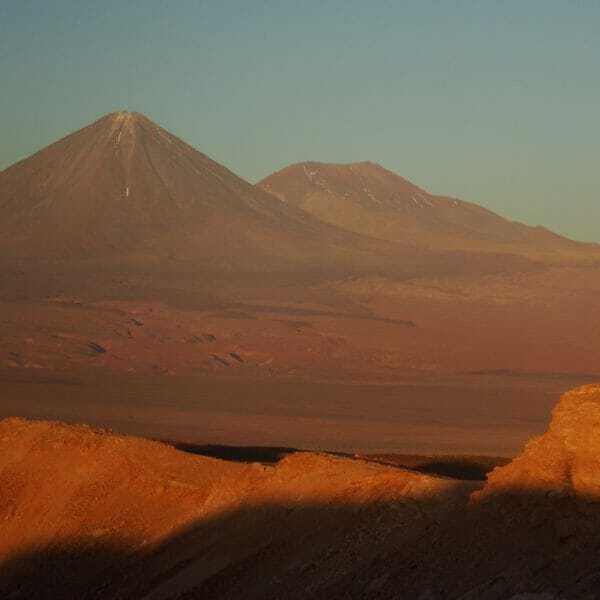
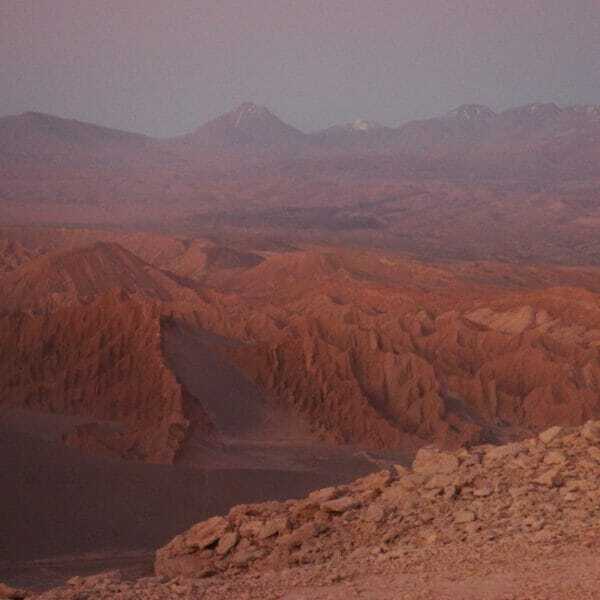
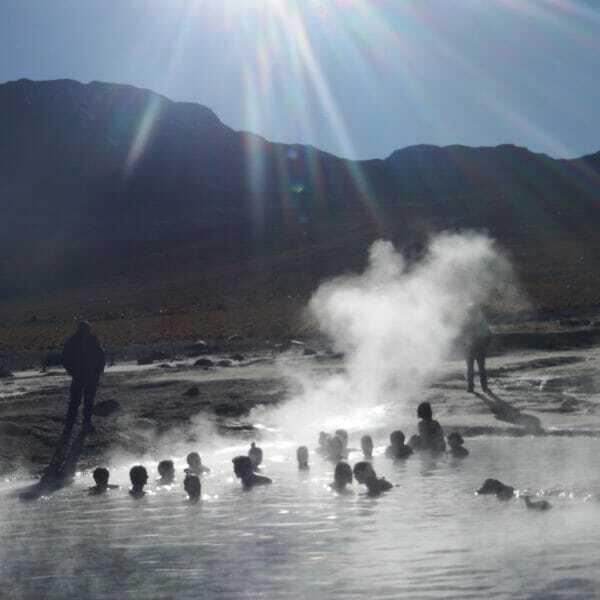
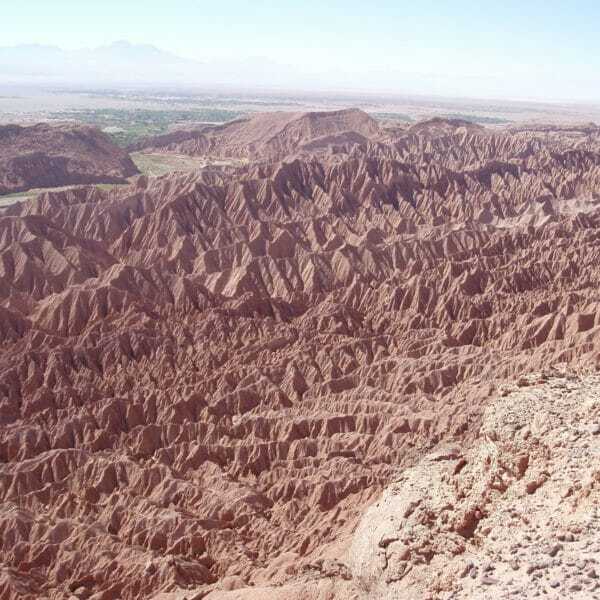
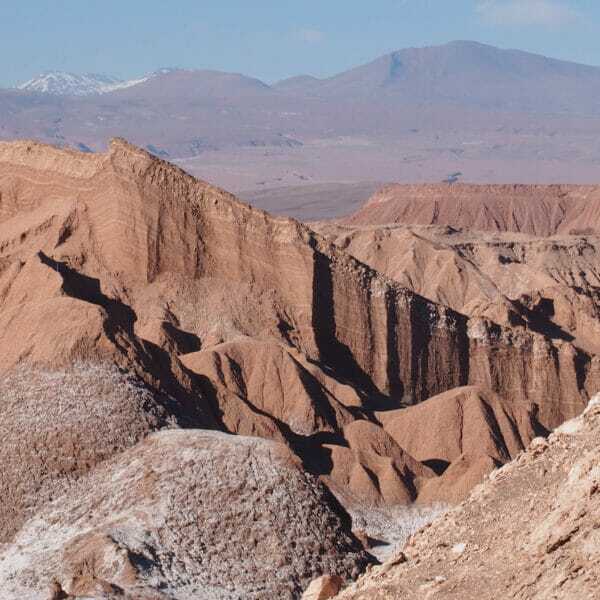
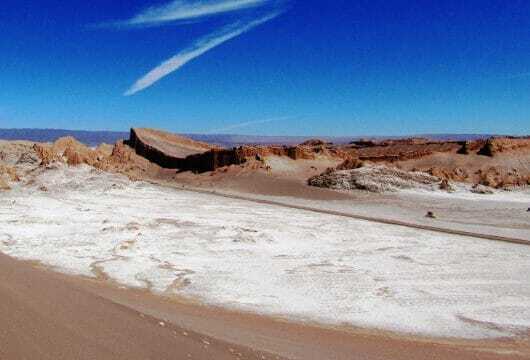
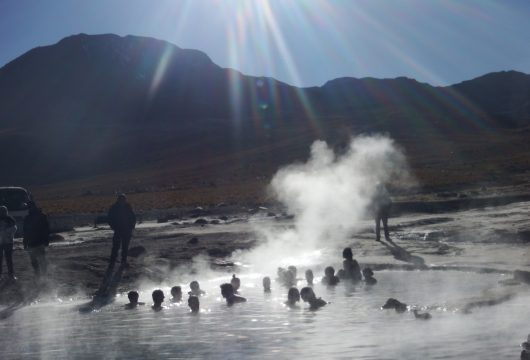
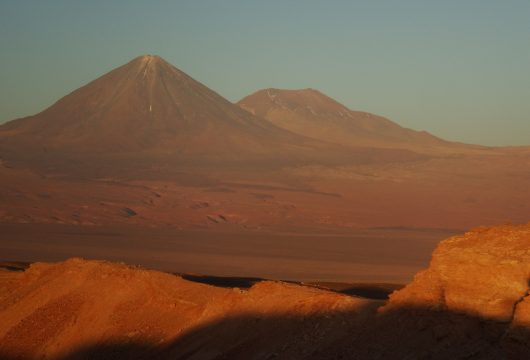
 a Group Tour
a Group Tour  a Tailor Made Tour
a Tailor Made Tour 